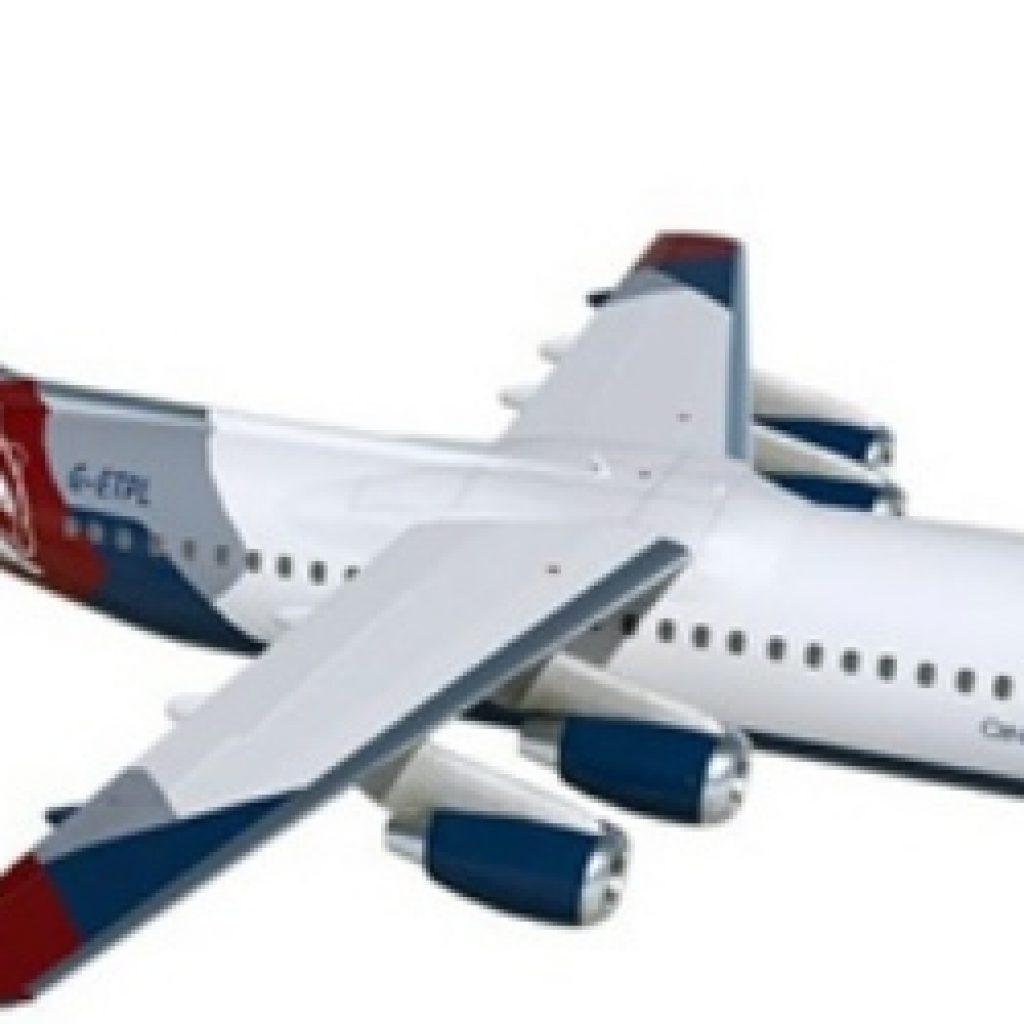(Optics.org) The UK’s High-BIAS2 (High Bandwidth Inertial Atom Source) has advanced its development of a cold atom-based Quantum Positioning System, which enables vehicle navigation without a Global Positioning System (GPS) or a Global Navigation Satellite System signal.
Reducing the reliance on GPS and GNSS technologies is critical for scenarios where signals from these systems are not available, such as underwater or in space, or when they suffer disruptions due to technical issues, cyber attacks, and atmospheric or reflection effects.
High-BIAS2 demonstrates the rapid commercialization of quantum technologies for real world applications, say the partners. In recent months, High-BIAS2 has demonstrated significant momentum as it heads towards an inflight demonstration on a BAE Systems test aircraft. The project is backed by a range of UK quantum sector end-users and supply chain partners.
Technology, application and commercialization development partners include:
ColdQuanta – gyroscope based on ColdQuanta’s Cold Atom Quantum Technology
Fraunhofer UK – low size, weight and power (SWaP) optical source modules
Alter Technology – compact laser modules
Caledonian Photonics – high power compact lasers
RedWave Labs – drivers, controllers and sequencing
BAE Systems – inflight platform demonstration
PA Consulting – technology road-mapping and supply chain analysis
ColdQuanta’s Cold Atom Quantum Technology serves as the foundation for the project’s gyroscope and Quantum Positioning System. The company’s quantum sensor uses tightly confined ultra-cold atoms, which are cooled to a fraction of a degree above absolute zero and organized in a novel configuration.
